Methods of growing yellow acacia and caring for it
Growing yellow acacia, or tree caragana, is a rewarding job. It has found its application in folk medicine, beekeeping. Yellow acacia is lower than white, it is easy to cut, so it is actively used for decorative landscaping of the site. Caring for the shrub is quite simple, even a beginner can grow it.
Reproduction
Significant difference between yellow acacia and most other ornamental shrubs lies in the fact that it multiplies well with seeds (generatively). Planting in open ground is carried out from September to mid-October in moderately moist soil. Some gardeners practice growing shrubs in flower pots. With this method, seeds are sown immediately after being harvested into a mixture of garden soil and sand (3 to 1 ratio). It is very important that the container has drainage holes, because acacia does not like excessive moisture. They feed and transplant it into open ground in the spring, not earlier than after 1 year.
Also, the shrub reproduces well with the help of root layers and division, cuttings, root shoots. Cuttings are carried out in the spring, and layering and division in the fall (after the caragana has dropped its foliage). Proper care and fertile soil ensure good growth of the plant; its height can reach 1 meter per year. The yellow acacia begins to bloom, as a rule, in the third year of life.
Disembarkation
Planting of seedlings is carried out before the development of the leaves, that is, in early spring. For planting in a nursery, seeds are pre-soaked for 5 hours in water at room temperature. Stratification methods are also used (imitation of natural winter conditions to stimulate plant growth), in which seeds are snowed for 45 days. You can keep them in the refrigerator at 0 degrees for 30 days. Planting seeds in the nursery is carried out at a depth of 2-3 cm, sowing density - 10 pcs. per 1 square meter. A year later, the acacia is transplanted into open ground.
Ideal for caragana tree sandy loam, but it grows well on other types of soil. In order for the plant to grow healthy, the seedlings are planted in a hole sprinkled with gravel or crushed stone (2 kg per one). It is also recommended to apply complex fertilizers or compost. The optimal distance between the holes is 50 cm, and the planting depth is 40 cm (the root collar can be deepened by 1.5 cm). If the yellow acacia was grown in a peat pot, then it is planted with it. Then the soil around the seedlings is mulched with a layer of 5 cm. Needles, hay, peat, bark or sawdust are best suited for these purposes.
It is interesting!
An interesting fact is that the yellow acacia does not threaten biological diversity, while its common cousin, the white acacia (or pseudoacacia robinia), is an invasive species (it breaks the nitrogen cycle in the soil). That is, growing tree caragana is absolutely safe for the ecosystem.
How to care for acacia?
Due to its structure, yellow acacia adapts to any weather conditions and temperature extremes, so caring for the plant is easy. An adult shrub withstands both intense summer heat and winter frosts well, it does not need to be covered. Acacia is not afraid of strong winds and drafts; it itself can serve as protection for other plants. Caring for her is as follows.
- Lighting.
Yellow acacia is photophilous, it does not get burned even under the scorching sun, therefore, planting seedlings should be carried out in well-lit areas.
- Soil moisture.
The shrub grows poorly in swampy, low-lying areas.
- Watering.
Caragana tree-like tolerates a dry period more easily than an excess of moisture. Stagnation of water very quickly leads to decay of the root system. Therefore, it is necessary to water the shrub no more than 3 times a week, as the earth dries up. Each adult plant requires approximately 12 liters of water.
- Fertilizers.
Plants are fed from March to August, about once every 2 weeks. You can only do this in early spring and before flowering. Great for fertilization diluted in water chicken droppings or mullein. An adult shrub is usually not fertilized; caring for it consists in timely watering and pruning.
- Pruning.
It is necessary to start forming the crown no earlier than in the second year of life. This is best done in the spring or immediately after flowering. In order for the plants not to grow tree-like (like white acacia), it is recommended to cut them strongly in the second year, leaving only 2-3 buds. This method stimulates the formation of a bush form.
Advice
The yellow acacia grows strongly, therefore it is necessary to provide free space around its planting site.
Application
The shrub is widely used in landscaping, it is ideal for creating hedges and strengthening of sandy soils. In addition, its crown is perfectly formed into various shapes, you can even create whole compositions with other trees and shrubs. Caring for them is simple, and pruning is easy, even for a beginner. To form a hedge, acacia is planted in a checkerboard pattern with a planting density of 25 cm.
In addition, like white acacia, caragana is valued for its medicinal properties. Its flowers are added to tea, which gives it a sweetish taste and pleasant aroma. Such a drink is useful for treating acute respiratory viral infections, hepatitis, diabetes mellitus, arthritis, atherosclerosis, as well as a lack of vitamins A and C. The tree-like Kargan has anti-inflammatory, antispasmodic, expectorant and antipyretic effects.
Both yellow and white acacia have excellent melliferous properties. Such honey is appreciated for its delicate taste, delicate pleasant aroma and light amber hue. It does not crystallize for a long time, retaining its transparency and freshness. Yellow acacia honey increases the body's defenses, has an antimicrobial and mild sedative effect.
As you can see, caring for yellow acacia is quite simple. Kargan tree-like, like robinia pseudoacacia (white), belongs to the legume family, multiplies easily and is not afraid of winter frosts. She easily endures hardships and hardships on the road, perfectly protects other plants from the wind. During flowering, it exudes a pleasant sweet aroma, which is very attractive to bees. Therefore, it is better to plant it away from entrance doors, gazebos and playgrounds.
Planting acacia trees is also pretty simple. You can simply bury the seeds in the ground in early fall. Having overwintered under a layer of snow, in spring they will give young green shoots. And already in 2-3 years a real hedge will appear in their place.
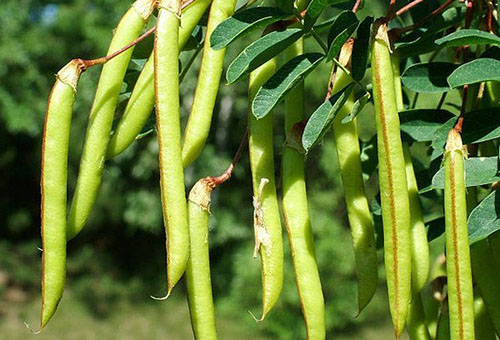
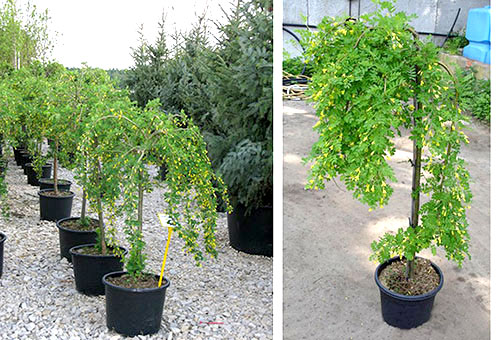

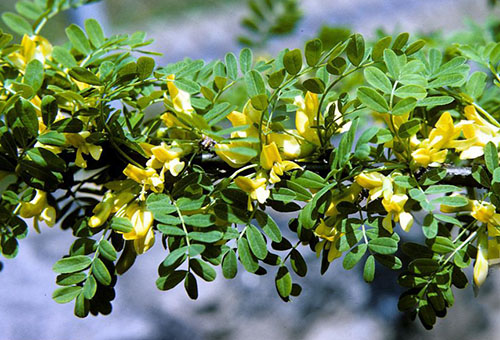
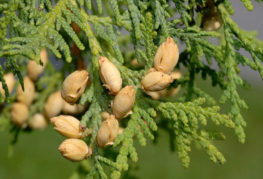
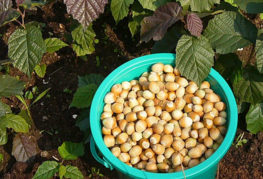
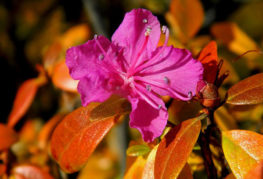
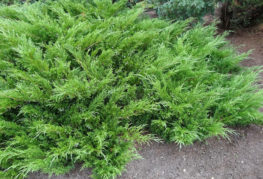
and will be published shortly.